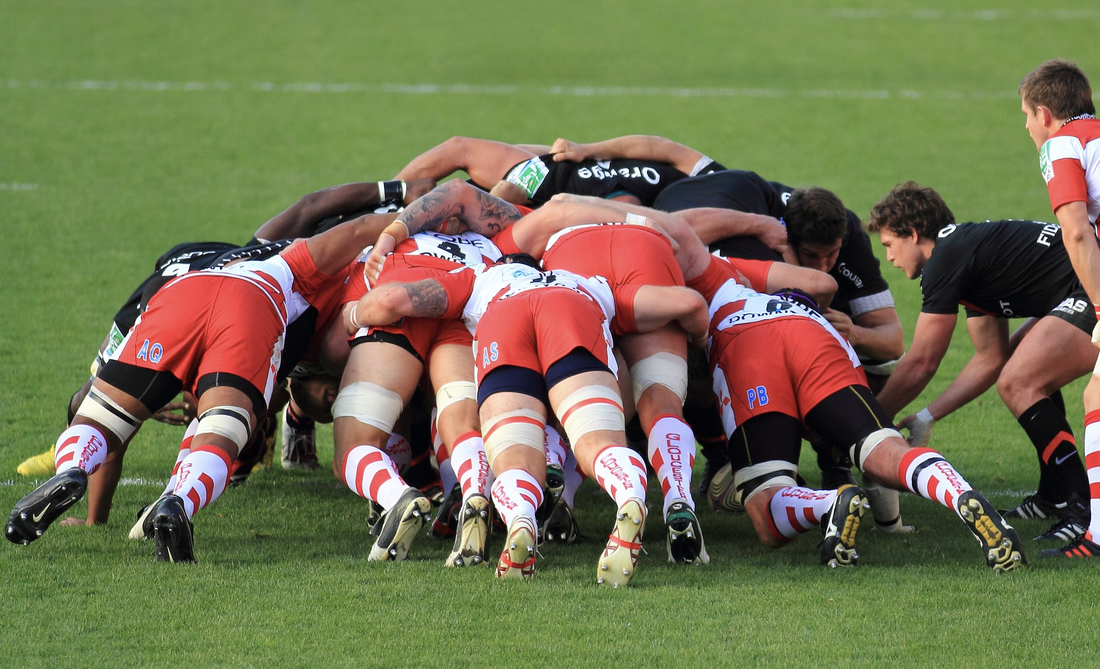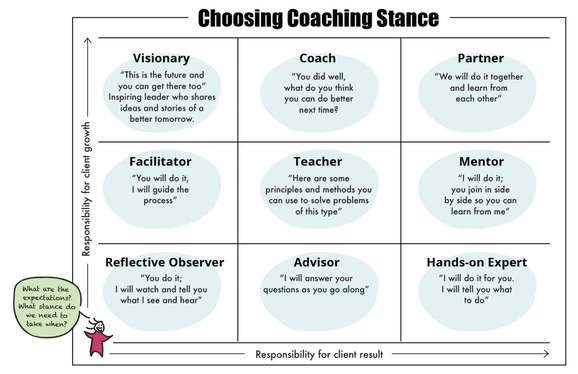 I've been doing Scrum and other forms of agile development for 20 years, yet I never took a Scrum Alliance course until my consulting work required me to be obtain the CSM Certified Scrum Master certificate. And wow! It is an eye opener to understand how Scrum is truly intended to be applied, as opposed to the way organizations apply it only partly. Below are my notes from a fantastic Scrum Alliance course that will hopefully help anyone looking to get the certification, or simply understand the real Scrum, in depth. AGILE VALUES
12 AGILE PRINCIPLES From the Agile Manifesto:
5 SCRUM VALUES
THE 5 SCRUMS EVENTS Scrum Event 1: The Sprint Sprints last 1-4 weeks. Long ago, the typical sprint lasted 4 weeks, but in the last 10 years it's become the norm to have 2-week sprints. Who decides how long? The team. Sprints then always last the same amount of time. All work happens during sprints, including the 4 other scrum events below. No work happens "in between" sprints. There are no special sprints such as "testing" sprints or "hardening" sprints. Each sprint results in a Done, Usable and potentially releasable increment of valuable product. Scrum Event 2: Sprint Planning Occurs once at the start of each sprint. Usually 2-4h meeting, 8h max. Why Are We Sprinting? Negotiate the Sprint Goal
What Do We Need To Get Done This Sprint To Achieve The Goal?
How Are We Going To Accomplish The Sprint Backlog Items to Get to the Goal?
Do We Have the Velocity To Get All Of These Tasks Done?
Scrum Event 3: Daily Scrum Must happen daily, but only lasts a few min. 15min per day max (most of the time should be 5-10min).
Moving Items to 'Done'
The Increment is the sum of all work done by the team. The work within the Increment is Done, Usable (working product), Releasable (should always be in a state where you'd be proud of it to be released). Optional Meeting: PRODUCT BACKLOG REFINEMENT Initiated by Product Owner. There can be 1 or more each sprint. Previously called "Backlog Grooming". Although Product Backlog Refinement is not one of the 5 official scrum events, the Product Owner has the option during the sprint to schedule one or more product backlog refinement meetings with the team. Refinement meetings are the main way in which the Product Owner provides transparency to the team the whole product backlog. Each refinement meeting follows 4 steps:
What Makes a Good Product Backlog Item? A good product backlog item is in the form of a story that answers 3 key questions:
This is why many teams use "user stories" for their product backlog items in the format "As a [persona type], I want [certain functionality] because [reason why it is important/valuable]. Scrum doesn't require teams to follow this rigid format however, as long as the product backlog item can explain in some way the answer to the above questions. Scrum Event 4: Sprint Review Occurs at the end of each sprint, 1-2 hours long, 4 hours max The Scrum Team attends, as well as all stakeholders who wish to attend. Can include:
Scrum Event 5: Retrospective Facilitated by the Scrum Master. 1-1.5 hours, 3 hours max. What is the Retrospective? The Retrospective is a meeting where the team inspects everything that happened in the sprint, and then uses the learnings to adapt the team's processes, tech skills, team dynamics, or anything else about their way of working. Scrum has 3 pillars of empiricism: inspection, adaptation, transparency. These are especially demonstrated in the retrospective. We can't expect to inspect anything if we don't have transparency, i.e. an act of trying to find mutual understanding about what happened in the last sprint. What Is The Agenda of a Retrospective Meeting? The Retrospective has 5 parts to its meeting. Here they are with suggested timing:
Who Facilitates the Meeting? The Scrum Master facilitates the meeting. This means that they are not a participant during the meeting, or there is too big a risk that they won't be trusted. The Scrum Master can ask questions but not contribute their own ideas. Planning the Retrospective The Scrum Master should invest 1-2x as much time preparing for the meeting as the meeting is long. For example, if the Retrospective is 1.5 hours, plan to prepare for 1.5-3 hours. Games During the Retrospective The Scrum Master facilitates the meeting and uses games during the session to engage the team and help include all team members' input. There are >300 known activities that can be used during the Retrospective, and it's encouraged to try different a different one each time. During "Gather data" phase of the Retrospective, it is good to spend time playing a "sticky note" game to get people to think about the sprint that has just passed in different ways. For example, you can play:
The above games, team members each get a few minutes to silently write on sticky notes things that they would classify into each category and paste them into the category. Teams then vote on 3 topics among the many posted to the board that they would like to discuss in depth during the Generate Insights phase. During the "Generate Insights" phase of the meeting, a second game can be played. If the team is meeting virtually, consider the use of a tool to play the game such as: Mural, Miro, Retrium, Jam boards, Confluence, Zoom whiteboards, Teams whiteboards. Decide What To Do Once you reached the "Decide what to do" stage of the meeting, the team should select the most important impediment or opportunity that has come up so far in the meeting, and spend time developing and agreeing to a step-by-step plan the plan to act on it. To decide what the most important topic is, you can play a game such "Thumb Voting" which only takes 1 minute. Once you have your topic, you can decide on the step-by-step plan using another game such as dividing the team in half, each sub-team has 12 minutes to develop a step-by-step plan, and then the teams compare each others' plans and decide on a final plan together. The Retrospective is not over unless you have a concrete, agreed plan. The Scrum Master may need to extend the time of the meeting! Retrospective Champion Each sprint, a team member is assigned to be the retrospective champion on a rotating basis. The champion ensures that the step-by-step plan is taken on in the next sprint and reports on progress regularly at scrum meetings. The champion doesn't own the plan, the team owns it, but the champion is responsible for reminding the team about it. THE 3 SCRUMS ROLES There are only 3 roles in Scrum: the Product Owner, the Scrum Master, and the Developers. Below we list each role's responsibilities. Note that doesn't differentiate between a "responsibility" and an "accountability". Note also that there is no "Project Manager" in Scrum. A traditional Project Manager's responsibilities are divided up among the 3 roles. Development Team
NOTE: Developers are not just software developers, but anyone who is taking on sprint backlog items such as architects, testers, cyber security, lawyers, and so forth! Product Owner
NOTE: there is only 1 authority on the whole team, which is the Product Owner's authority over the product. Scrum Master
NOTE: the Scrum Master is the only person on the team that really cares about scrum. The Product Owner is super focused on the product, customer and stakeholders - they might not care about scrum. Developers care about their code and product, but they might not buy in to the process. The Scrum Master's job is to keep everyone focused on the principles of Scrum (and might be most successful using "covert scrum", i.e. subtly keeping the team on track without evangelizing "scrum" itself). All roles:
ROLE INTERACTIONS
SCRUM MASTER COACHING STYLES The Scrum Master can use various styles when coaching team members. A popular framework is the 9 Stances of Scrum Master Coaching: CRAFTING THE DEFINITION OF DONE
SPECIAL TERMS IN SCRUM
EQUALITY AND SELF-ORGANIZING TEAMS
0 Comments
Your comment will be posted after it is approved.
Leave a Reply. |

